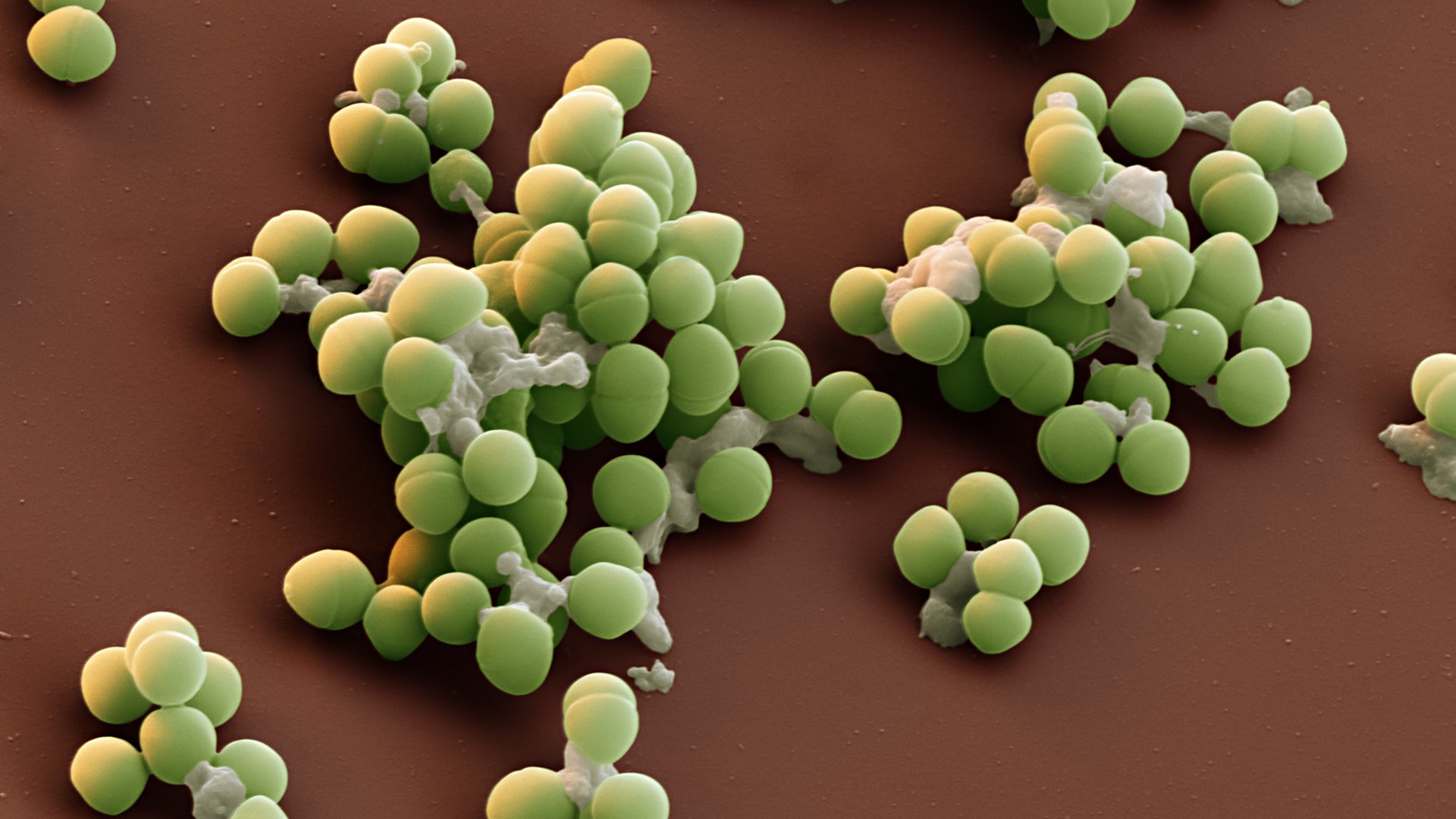Mitochondria are a cell’s power stations. The more mitochondria in a cell, the more power is generated. The number of mitochondria in a cell can vary from one to thousands.
Mitochondria are a cell’s power stations. The more mitochondria in a cell, the more power is generated. The number of mitochondria in a cell can vary from one to thousands.
From cell to organelle
A mitochondrion is a rod-shaped organelle which generates energy in eukaryote cells. Mitochondria on average measure 0.5 to 1 micrometre (µm). Just like chloroplasts, they are descended from bacteria which began to interact with eukaryote cells about 1.5 billion years ago. This interaction is termed endosymbiosis. Mitochondria therefore have their own genetic material.
Citric acid cycle
Mitochondria produce ATP (adenosine triphosphate) by the addition of a phosphate group (phosphorylation) to ADP (adenosine diphosphate). ATP acts as a source of energy to allow metabolism to take place in a cell. Glucose, pyruvic acid or NAPD are oxidised in the mitochondrion to produce ATP. This process is known as the citric acid cycle.

